1) B is sitting third to the right of the person who is the husband of R and they are facing the same direction.
(As it is a circular arrangement, we can randomly place the husband of R on any seat and then we can place B according to the direction the husband of R is facing.)
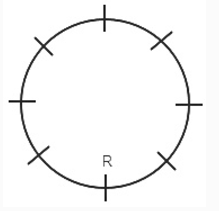
2) Both the immediate neighbours of D are facing the same direction.
(Implies, the immediate neighbours of D are facing a different direction than D.)
3) The husband of Q is facing the outward direction and he is sitting to the immediate right of D.
(Implies, D must be facing the inward direction. It also means that the other immediate neighbour of D must also be facing the outward direction and B is facing the inward direction.)
4) Either R or P is the wife of D.
5) The husband of P and the husband of Q are facing the same direction.
(Implies, the husband of P is also facing the outward direction. It means that R is the wife of D.)
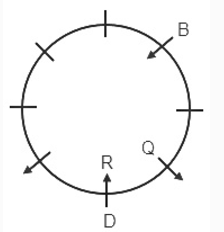
6) Only one person is sitting between B and the husband of L.
(Implies, the husband of L is sitting second to the right of B because the husband of Q is sitting second to the left of B.)
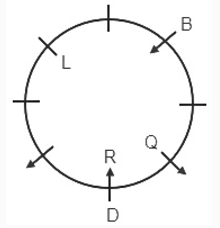
7) The wife of D is sitting third to the left of F.
(It is only possible if F is the husband of L and F is facing the outward direction.)
8) Only one person is sitting between F and the husband of M and they are facing the same direction.
(Implies, the husband of M is sitting second to the left of F because B is facing the inward direction.)
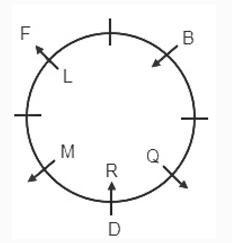
9) C is sitting third to the right of the husband of M and they are facing different directions.
(Implies, C is sitting between F and B. Also, C is facing the inward direction because the husband of M is facing the outward direction.)
10) The husband of L is sitting third to the left of E.
(Implies, E is sitting to the immediate left of B and E is facing the outward direction as it is the only possibility. Also, now that we have identified the four people who are facing the outward direction, we can say that all the other people are facing the inward direction.)
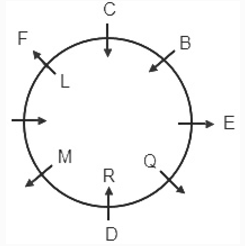
11) A is an immediate neighbour of the husband of M.
(Implies, A is sitting to the immediate left of F.)
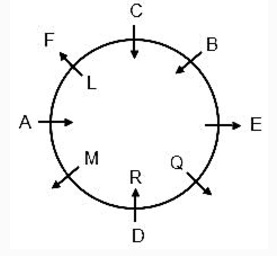
12) G is sitting third to the right of C.
(Implies, G is the husband of M. Now, that only H is left to be placed, we can safely say that H is sitting to the immediate right of D.)
13) The husband of S is sitting third to the right of H.
(Implies, A is the husband of S.)
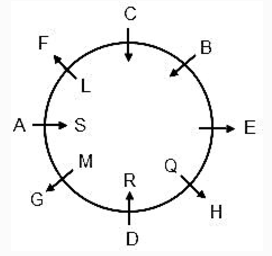
14) Neither O nor P is the wife of B.
(Implies, N is the wife of B as it is the only option left. Also, O and P are the wives of C and E but not necessarily in the same order.)
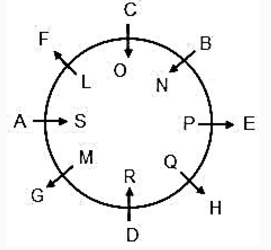
Clearly, B is sitting second to the left of H who is the husband of Q.


 Get latest Exam Updates
Get latest Exam Updates 
 ×
×
















